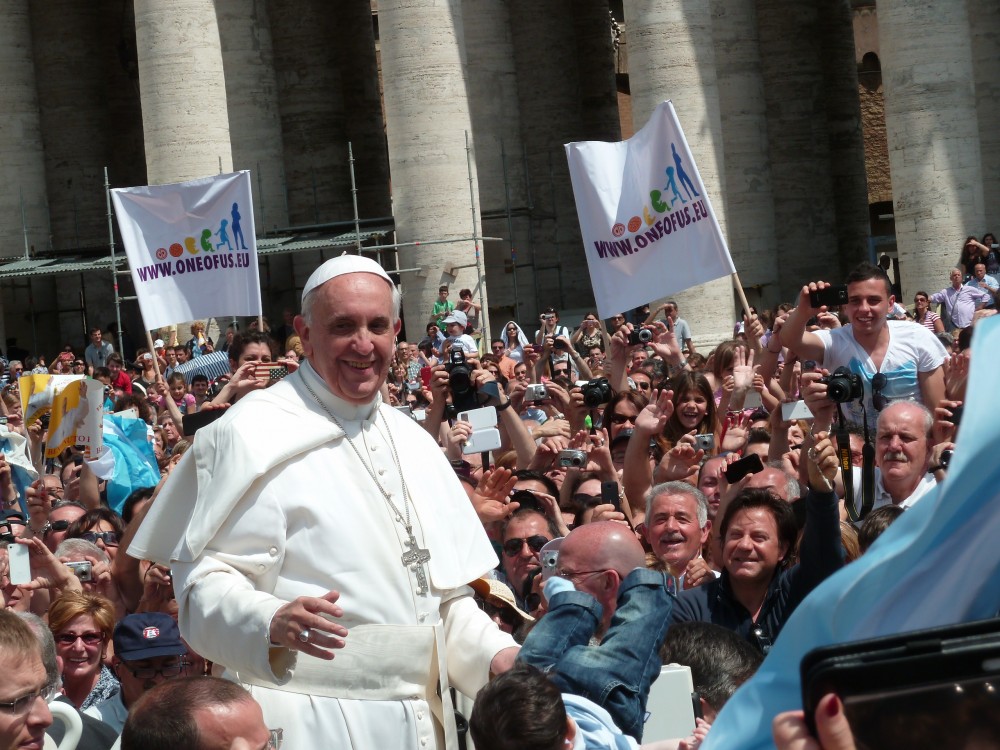Refugee crisis: The situation in Europe worsens as the migratory flow reaches new records
On Europe’s southeastern front, Syrians make up the majority of asylum-seekers as they flee from the apocalyptic scenario that four years of civil war has brought to their country. They rush through Turkey, aiming for the heart of Europe, where local governments struggle with the massive numbers of people. In Hungary, local authorities tried to stop thousands of refugees as they boarded trains for Germany.
Numerous people left Budapest’s train station by foot to walk all the way to Germany and Austria last Friday, in a desperate attempt to leave a country where they are not welcome; the Hungarian government eventually sent some buses to take those refugees to the Austrian border, and more refugees were allowed to take trains northward. The German and Austrian people, on the other hand, mobilized to welcome the mass of refugees that was walking their direction, showing Europe’s kind and compassionate side.
Aside from other refugees fleeing political and war crises in the Middle East, African refugees make their way to the Mediterranean Sea in an attempt to sail to Europe’s shores in unseaworthy vessels. Coming mainly from sub-Saharan countries, they reach Libya after crossing the desert, a journey that poses great dangers. The current political instability in Libya pushes its people to board boats north towards Europe and hopes of a better life. Many are from countries crippled by stagnant economies and wars.
“More than 300,000 people have risked their lives to cross the Mediterranean Sea so far this year. “Over 2,600 didn’t survive the dangerous crossing,” said António Guterres, the head of the U.N. refugee agency, last week in an official statement.

Irish Naval personnel from the LÉ Eithne (P31) rescuing migrants as part of Operation Triton. (Photo courtesy of Tomh903/Wikimedia Commons)
This past week the world was shocked to see the body of three-year-old Aylan Kurdi washed ashore in Bodrum, Turkey, after the boat he was on with a group of refugees capsized in an attempt to reach Greece. The photographs are a compelling testimony of the tragedy that is occurring in the Mediterranean, a situation that the Pentagon thinks might go on for the next 20 years.
Lebanon’s uprising: Lebanese protesters stormed the Environment Ministry in Beirut last Tuesday to demonstrate against the garbage crisis that has hit the capital.
For weeks the government has failed to dispose of much of the waste that has been accumulating in Beirut’s streets, causing a sanitary issue. This was intolerable for the Lebanese people, who have been fed up with a corrupt government that has failed to stem the flow of chaos since the end of Lebanon’s civil war in 1990. Many have taken the streets, where violent clashes with the police have occurred.
Uprisings and revolutions spark from situations like this one, when people reach a high level of discontent. Not much has been accomplished in Lebanon after the 2011 Arab Spring protests, and the social situation in the country has only gotten worse as refugees flow in from neighboring Syria.
Pope Francis forgives abortion: Francis invites catholic priests to absolve women from the sin of abortion during the “Jubilee of Mercy” year that will start Dec. 8.
The Pope expressed his will in an historical pastoral letter this Tuesday, saying that women who seek forgiveness “with a contrite heart” should be absolved from their sin. This comes in a moment of ideological opening from a Catholic Church that is trying to keep up with current times. The Pope’s decision is one of many controversial views that move the Church closer to the average modern Catholic in the U.S.
Abortion will be forgiven for those women who confess during the coming Jubilee, but it is still considered a grave sin in the eyes of the Church, as the letter clearly states.

Pope Francis among the people at St. Peter’s Square. (Photo courtesy of Jacopo Werther/Wikimedia Commons)
ISIL blows up temple in Palmyra: Sources have confirmed the destruction of another temple in Palmyra by the Islamic State of Iraq and the Levant.
ISIL fighters captured the Syrian city of Palmyra in May, by which time it controlled half of Syria’s land. Shortly after their arrival, they started the destruction of invaluable archeological finds. Their fringe view of Islam imposes the eradication of any place of worship that is not Islamic, and it did not take long for the militiamen to level the priceless buildings that stood for more than 2,000 years.
Last week it was the Temple of Bel, one of the most remarkable structures in Palmyra. Sources in the area reported to various agencies that more than 30 tons of explosives were used to blow up the temple.
Palmyra was known as the “Pearl of the Desert” and as a location of great touristic interest before the outbreak of the Syrian Civil War. After ISIL’s assault, it’s now little more than a name on a map, and the temple that stood for so long will be only seen in pictures.

ISIL propaganda shows explosives damaging the historic ancient site of Palmyra. (Photo courtesy of Wnt/Wikimedia Commons)
Contact Staff News Writer Giorgio Ausenda at giorgio.ausenda@colorado.edu.

